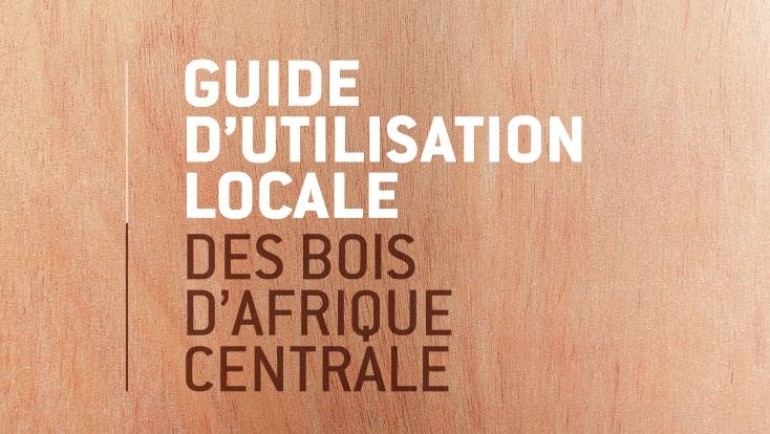

27.09.2024
Last April, the ATIBT presented its new guide on the use of Central African timber for producer countries. Written by Emmanuel Groutel and Patrick Martin and financed by AFD as part of the ADEFAC project. Here's a reminder of the various topics covered.

The Central African forest is the second largest tropical forest in the world, after the Amazon. Covering some 241 million hectares, these forests are divided between six countries, including the Democratic Republic of Congo, Cameroon, Gabon, Republic of Congo, Central African Republic and Equatorial Guinea. The forest plays a crucial role in the economies of these countries, providing jobs, foreign exchange and government revenue. It is also vital for preserving biodiversity and combating climate change.
Central Africa's tropical woods are distinguished by their diversity and unique characteristics. Each species has specific properties that determine its optimal use. For example, density, hardness, durability and dimensional stability are essential aspects to consider when selecting wood for a particular project. The guide also provides technical information on the different types of cut, levels of processing, and sawn timber (appearance and structural grading), ensuring that the right wood is used for the right purpose.
The guide addresses an essential point in the use of wood species, whether for structural construction, interior and exterior joinery, landscaping, or heavy industrial work, each species has specific uses. The guide stresses the importance of choosing the right wood for the job, to guarantee durability and performance. For example, some species are ideal for framing, while others are better suited to paneling or exterior cladding. Central African woods are also used for artistic creations, musical instruments and objets d'art, demonstrating their versatility and richness.
The guide also mentions the responsible and sustainable management of Central African forests to preserve this resource. The FSC and PEFC/PAFC certification systems have been set up to attest to the sound management and legality of these forests. Traceability is also a crucial aspect, enabling wood products to be traced from the forest to the consumer. The guide stresses the importance of respecting the rules of the art in the use and installation of wood to guarantee its performance and quality.